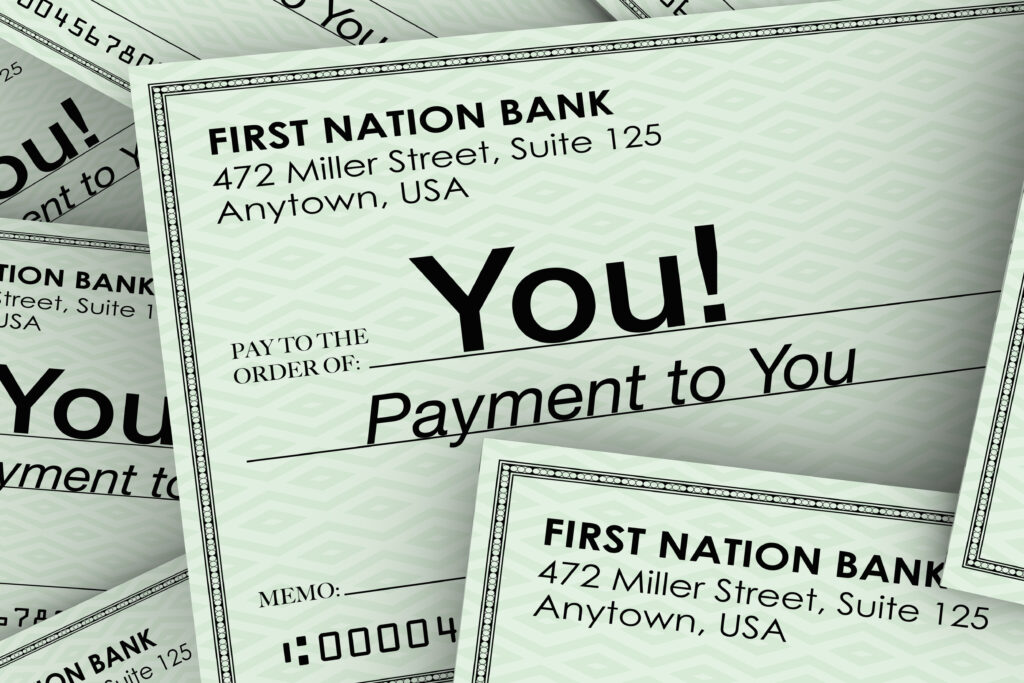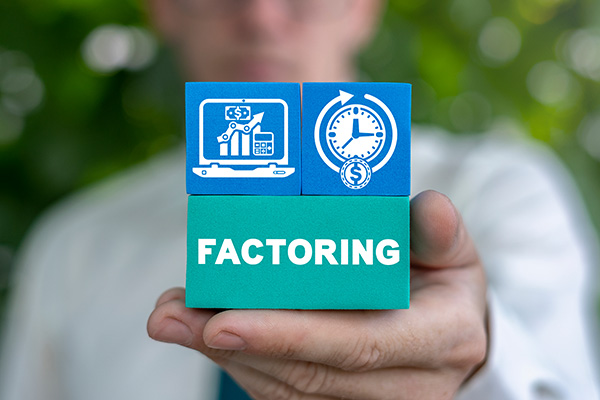Know Your Stuff Contest
Part One: What is Factoring?


What Is Factoring?
Factoring is just one of the many methods and types of business finance used throughout the world. While virtually everyone is familiar with the concept of “getting a business loan”, when it comes to factoring, that is too simplistic. There are, in fact, many types of business loans and, in some cases, the method of business finance is not actually a loan. That is the case with commercial factoring.
What Is Factoring?
Factoring, is a well-practiced method of business finance world wide. It is a way that is used to obtain immediate cash and is primarily used to address problems of cash flow. Factoring is a dedicated method of invoice finance, or more correctly, invoice sale. Unlike banks and asset -based lenders, factors never loan money. Factors purchase invoices at a small discount and therefore, factoring is only used by companies operating B2B, or business-to-business and generating invoices. Simply put, the need for factoring is strictly used to support a company’s liberal terms of payment policy, or that length of time one company grants to another to pay for a sale of goods or services.
Business owners will often employ factoring when their company realizes that the available cash balance held in the business checking account is insufficient to meet immediate obligations such as payroll, purchasing raw materials for new orders, gearing up for new customer contracts, etc. Establishing a factoring facility to obtain immediate cash for outstanding invoices will allow that business to better plan for its short term operational cash needs.
Another way to understand the need for factoring is that factoring is a ready method of capitalizing a company’s terms of payment loan business. For example, let’s take a small manufacturing company that we’ll call Bobbo’s Bobbins. Bobbo makes designer sewing machine bobbins which he sells to clothing manufactures in all 50 states and Bobbo’s is growing rapidly. The problem is, Bobbo is out of money.
Every time Bobbo’s sales staff signs up a new customer, that customer requests terms of payment for their orders. And typically, the larger the customer and the larger the order, the longer the payment terms they request. So, in reality, every time Bobbo grant terms of payment, of say 45 days, that is a 45 day loan accommodation to that customer. Bobbo needs to place new orders of stainless steel and tooling to replace his inventory. He needs to pay his salesman that took the order. He needs to pay his factory workers that made the bobbins. And…those employees can not wait 45 days for the money to come in. Bobbo needs factoring.
With a factor in place, Bobbo’s loan business will flourish. His salesman can continue to attract large, creditworthy customers and those customers will place larger orders due to the attractive terms of payment. In fact, many customers often sell the clothing manufactured with Bobbo’s bobbins, before they even pay that 45 day invoice.
So, factoring is a purchase and sale transaction involving the invoices of a business. Unlike a traditional loan involving two parties, a borrower and a lender, factoring always involves three parties. These are…
- the seller of invoices (known as the client)
- the payor of the invoices (known as the customer)
- the buyer of the invoices (known as the factor)
Factoring is not a source of new cash injected into a business as would be a loan and it is not reported as such on the balance sheet. The sale of invoices outstanding to a factor simply replenishes the cash on hand of a business’s working capital as a result of terms of payment on sales.
